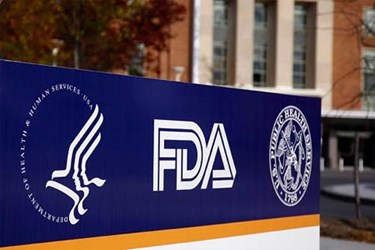FDA Down-Classifies External Pacemaker Pulse Generators, Pacing System Analyzers
By Jof Enriquez,
Follow me on Twitter @jofenriq

The U.S. Food and Drug Administration (FDA) has issued a final order to reclassify external pacemaker pulse generators (EPPGs) and pacing system analyzers (PSAs) from Class III to Class II (special controls) medical devices.
An EPPG delivers an electrical pulse to stimulate and pace the heart temporarily until a permanent pacemaker can be implanted, or after cardiac surgery or myocardial infarction. A PSA can be a single, dual, or triple-chamber device that combines the functionality of a pacemaker electrode function tester with an external pacemaker pulse generator (EPPG).
According to RAPS’ Regulatory Focus, FDA in October 2011 published a proposed rule calling for the down-classification of EPPG devices from class III to class II, but that proposal was withdrawn in September 2014 because of the authorization of the FDA Safety and Innovation Act (FDASIA), as well as new information discussed during an FDA advisory meeting.
In 2013, an FDA safety panel recommended that EPPG devices (including single and dual chamber PSAs) be reclassified to class II with special controls when intended for cardiac rate control or prophylactic arrhythmia prevention. The panel also recommended that triple chamber PSA (TCPSA) devices be reclassified to class II with special controls when intended for use during the pulse generator implant procedure.
"Since the 2013 Panel meeting, FDA has not become aware of new information that would provide a basis for a device classification panel to make a different recommendation or different findings," the agency explained in its final order to downclassify said devices.
Based on the 2013 Panel's deliberations, comments received, and reviews of the Manufacturer and User Facility Device Experience (MAUDE) database, recall data, and current scientific literature, FDA says that special controls, in conjunction with general controls, will provide reasonable assurance of the safety and effectiveness of EPPG and PSA devices.
"FDA is issuing this final order to reclassify EPPG devices from class III to class II (special controls), as well as to create a separate classification regulation for PSA devices and reclassify PSA devices into class II (special controls). As noted in the proposed order, FDA is also making a slight modification to the identification for EPPG devices to clarify that these are prescription devices," stated the order.
Marketers of EPPGs and PSAs should comply with the applicable mitigation measures set forth in the codified special controls itemized in the final order.
"Manufacturers of EPPG or PSA devices that have not been legally marketed prior to the effective date of this final order, or models (if any) that have been marketed but are required to submit a new 510(k) under 21 CFR 807.81(a)(3) because the device is about to be significantly changed or modified, must obtain 510(k) clearance and demonstrate compliance with the special controls included in this final order, before marketing the new or changed device," FDA stated in the final order.
